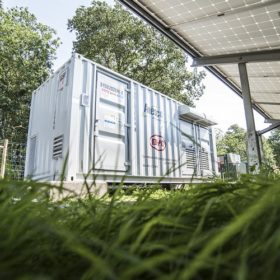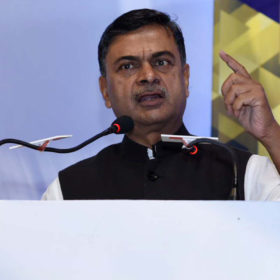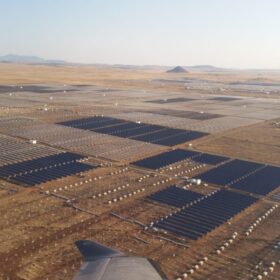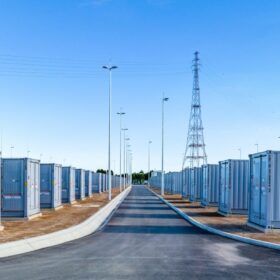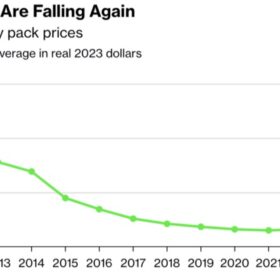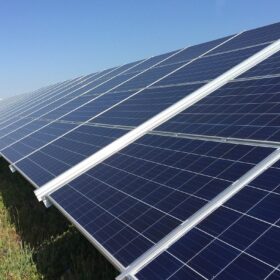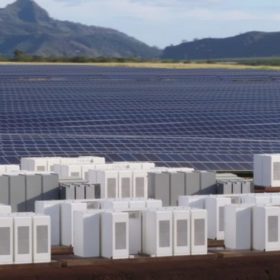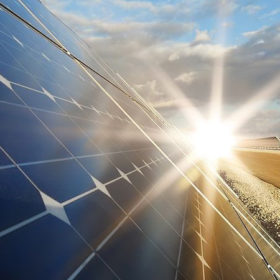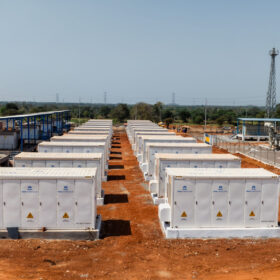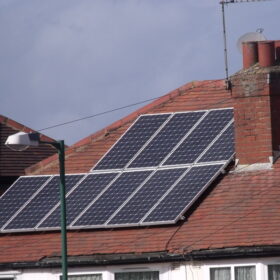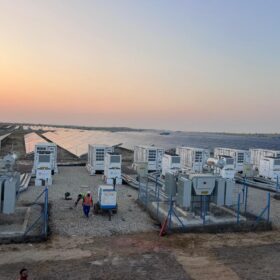Cost of battery-based energy storage, INR 10.18/kWh, expected to reduce with VGF and PLI Schemes
Currently, the cost of battery-based energy storage in India is INR 10.18/kWh, as discovered in a SECI auction for 500 MW/1000 MWh BESS. The government has launched viability gap funding and Production-Linked Incentive (PLI) schemes to make battery storage affordable.
TERI recommendations to accelerate pumped storage development in India
A new report by TERI recommends measures to develop large-scale pumped storage plants in India. It also traces the growth and status of pumped storage hydro plants in India and the world.
Statkraft looks into long-duration energy storage based on saltwater
Statkraft, a Norwegian energy company, is investigating the scalability and commercial viability of Aquabattery’s technology. It will finance a pilot project for between six and 12 months in the Netherlands.
Majority of green hydrogen production plants in India to come up near ports
India’s power minister RK Singh said the majority of the green hydrogen production plants in India are expected to come up near port locations as per the industry feedback. In such cases, desalinized seawater could also be used for green hydrogen production.
EDF, Scatec Africa win South Africa’s battery procurement auction
The South African Government’s Department of Mineral Resources and Energy announced French utility Électricité de France (EDF) will develop 257 MW of battery energy-storage systems across three projects, while South African renewable energy company Scatec Africa will develop one 103 MW project.
Australian utility tests nickel-hydrogen battery
Australian energy giant AGL will install a nickel-hydrogen battery at its Torrens Island power station site in South Australia as it explores the potential opportunities that the technology could provide for stationary energy storage applications
Battery prices down 14% this year, says BloombergNEF
BloombergNEF says it has recorded a 14% decline in battery prices this year, mainly due to cheaper raw materials, following an unprecedented rise in 2022.
Fostering solar adoption requires a holistic approach
While the benefits of solar adoption are evident, challenges persist. The irregularity of solar power and the lack of efficient storage technologies remain primary concerns. The upfront costs of solar installations, though decreasing, remain a barrier for many. Complex regulations and bureaucratic hurdles often deter individuals and businesses from embracing solar energy. Addressing these challenges demands a concentrated effort.
SECI launches 1 GW renewables, storage tender
Solar Energy Corp. of India (SECI) is inviting bids from developers to supply 1.5 GW of firm, dispatchable power from renewable energy projects with storage systems. The successful bidders will set up RE projects with storage on a build-own-operate basis to supply RE power in a demand-following manner. Bids can be submitted till Jan. 9, 2024.
HPCL lays foundation stone for 100 MW solar project in Andhra Pradesh
Hindustan Petroleum Corp. Ltd will build the 100 MW solar project at Galiveedu for self-consumption.
